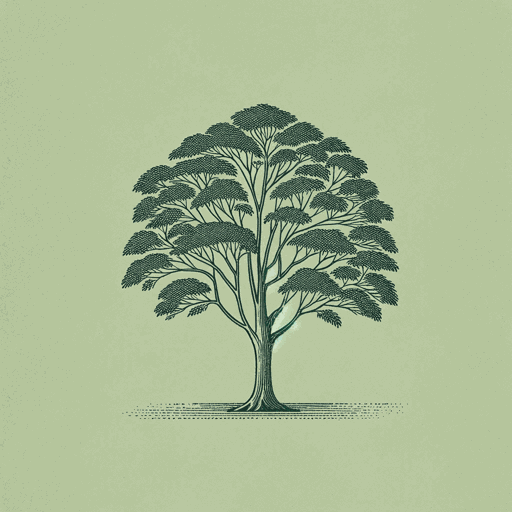79 pages • 2 hours read
John Charles ChasteenBorn in Blood and Fire: A Concise History of Latin America
Nonfiction | Book | Adult | Published in 2001A modern alternative to SparkNotes and CliffsNotes, SuperSummary offers high-quality Study Guides with detailed chapter summaries and analysis of major themes, characters, and more.
Chapter 8Chapter Summaries & Analyses
Chapter 8 Summary: “Nationalism”
A proud, national identity was difficult to foster in Latin America. However, following on the heels of Progress, “the new nationalism that swept the region in the 1900s was another wave of the earlier nativist spirit, now with a strong economic agenda” (234). The new nationalists were predominantly from the urban middle class and of diverse racial backgrounds. They supported a lot of liberal ideas, such as equality regardless of ethnicity and more economic equality. They celebrated the mixture of European, Indigenous, and African blood. Art around this time reflected the growing sentiments of racial pride. It was a movement called indigenismo. Nationalist movements in Mexico unseated the powerful Porfirio Díaz. He left for exile in Paris in 1911. In 1917, Mexican nationalists drafted a new constitution that is still used today. The famous Mexican artist Diego Rivera painted his famous mural The History of Mexico during the nationalist period; it still stands in the National Palace in Mexico City.
As strong as nationalism was in Mexico, it was even stronger in Argentina and Uruguay. In Uruguay, José Batlle y Ordóñez became president twice (1903-1907 and 1911-1915). He was a great nationalist reformer, who concentrated on economic equality: He created a welfare state; a minimum wage; and regulated working conditions throughout the country, including accident insurance, paid holidays, and retirement benefits.
Featured Collections
Books About Art
View Collection
Class
View Collection
Class
View Collection
Colonialism & Postcolonialism
View Collection
Colonialism Unit
View Collection
Equality
View Collection
European History
View Collection
Memorial Day Reads
View Collection
Military Reads
View Collection
Nation & Nationalism
View Collection
Politics & Government
View Collection

